This month we reflect on June trends which looks at the shifts in the roles of marketing decision makers within brands and what that means for future strategy, how the retail sector is in its “in-store era” and the welcome changes introduced to improve collaborative measurement of carbon emissions in the industry.
Repositioning of roles: CMO to CBO
It was recently reported that Compare the Market has restructured its business by separating its customer data operations from brand marketing. The company has eliminated the role of chief marketing officer (CMO) and introduced the position of chief brand officer (CBO). The role will be accompanied by a newly appointed chief customer officer (CCO). The transformation of CMO roles into CBO roles reflects broader changes in how companies look to approach marketing, brand management and customer engagement in the future. This shift aligns with industry trends, where we have seen companies such as Starbucks, UPS, Lyft and Uber also redefine their marketing leadership structures to focus more on customer data and technology integration.
For Compare the Market, its competitive advantage lies in its strong brand and extensive customer data. The new structure plays to this, allowing the CBO to focus on long-term brand value and the CCO to align customer and data strategies. I think we could all easily recall Compare the Market’s brand platform from its clever and memorable “compare the meerkat” adverts over the years. Its distinctive brand recognition demonstrates simplicity and the humour used makes light of a typically dry sector. This strategy has included collaborations with celebrities and major brands to keep the brand engaging and relevant.
Given some of the big advertisers have already started to restructure marketing roles in this way, it’s likely the trend will continue. The shift from CMO to CBO roles reflects the evolving landscape of marketing, where long-term brand value, data specialisation, technological integration and a customer-centric approach are increasingly prioritised. By redefining these roles, companies aim to build stronger, more resilient brands that can adapt to changing market conditions and consumer behaviours.













